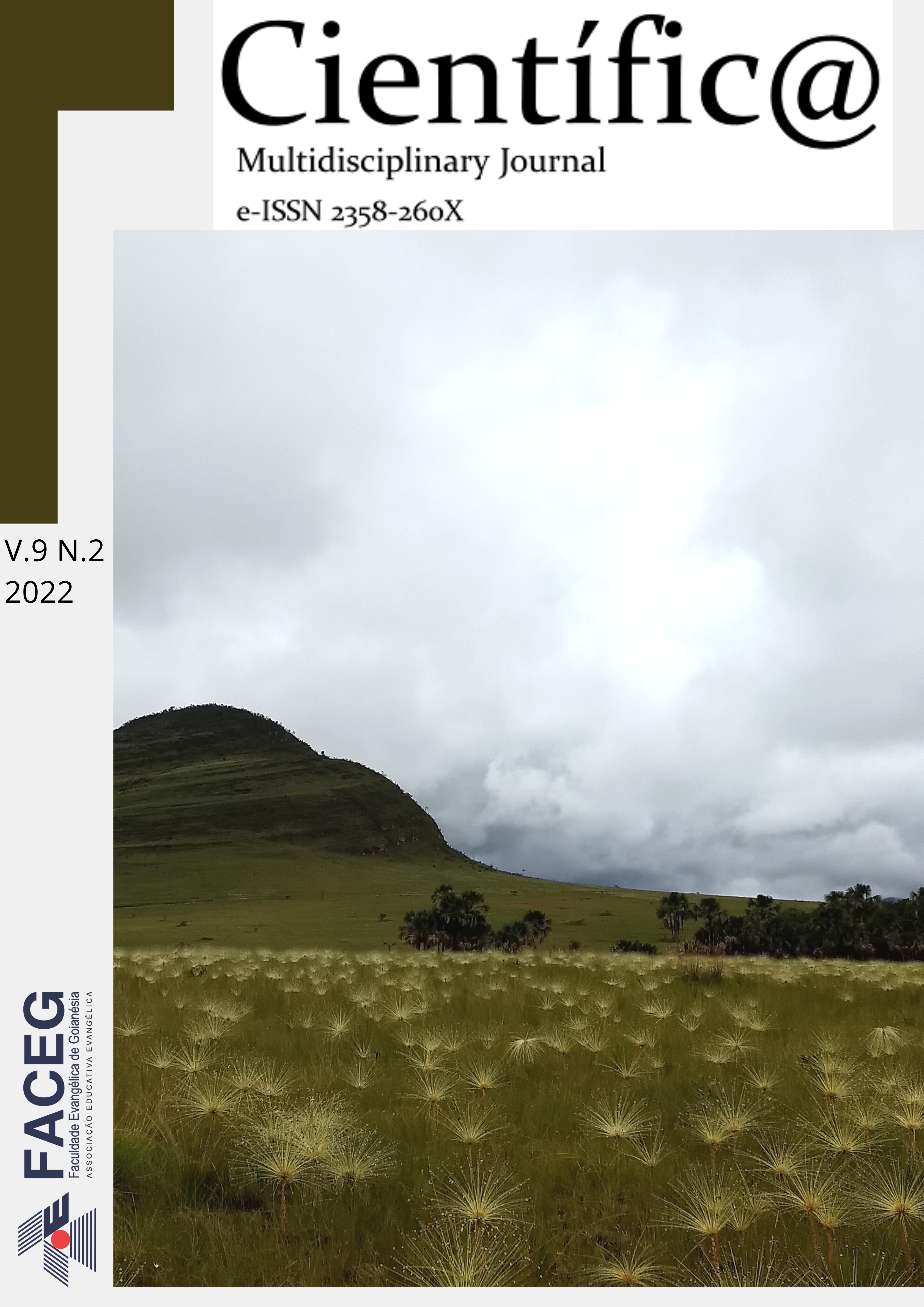SURVEY OF THE INTENSITY OF BEAR INFESTATION (Diatraea saccharalis) IN DIFFERENT VARIETIES OF SUGARCANE
DOI:
https://doi.org/10.37951/2358-260X.2022v9i2.6244Abstract
The culture of sugar cane is of great importance to Brazil, has a huge economic viability due to increased consumption of sugar and alcohol, highlighting - is due to job creation, the production of sugar, ethanol, energy and job creation . However, culture suffers from the attack of saccharalis Diatraea drill, it is one of the most important pests that attack sugar cane in Brazil, and is distributed in all sugarcane producing regions, the plague is a host insect various cultures of economic interest. However the most severe damage is caused in the sugarcane, this study aimed to survey the intensity of the final infestation Diatraea spp. in different varieties of sugarcane. The study was conducted in the regions Pouso Alegre, Caiçara, São Pedro, Cristalina and Esplanada, the Company Jalles Machado SA, located in the municipality of Goianésia - GO, where there are the cultivars: CTC15, CTC4, RB867515, IAC91-1099, IAC87- 3396 and CTC2. The sugarcane borer attack rates in the evaluated varieties infestations are naturally occurring in the cane fields of Jalles Machado SA Altogether were evaluated 37,500 internodes, the six surveyed varieties. The survey was conducted in April and November 2014. Knowledge of the infestation intensity is particularly important, not only to estimate the extent of damage caused as to establish the need for control. The results obtained in this study, concluded that all analyzed regions were infested by the borer (Diatraea saccharalis), and the variety more attacked by D. saccharalis was CTC4 with 7.29% infestation. On the average final rate of infestation of the six varieties analyzed was 5.56%.
Downloads
Published
How to Cite
Issue
Section
License
Esta revista oferece acesso livre imediato ao seu conteúdo, seguindo o princípio de que disponibilizar gratuitamente o conhecimento científico ao público proporciona maior democratização mundial do conhecimento.
A partir da publicação realizada na revista os autores possuem copyright e direitos de publicação de seus artigos sem restrições.
A Revista Científic@ - Multidisciplinary Journal segue os preceitos legais da licença Creative Commons - Atribuição-NãoComercial 4.0 Internacional. 

